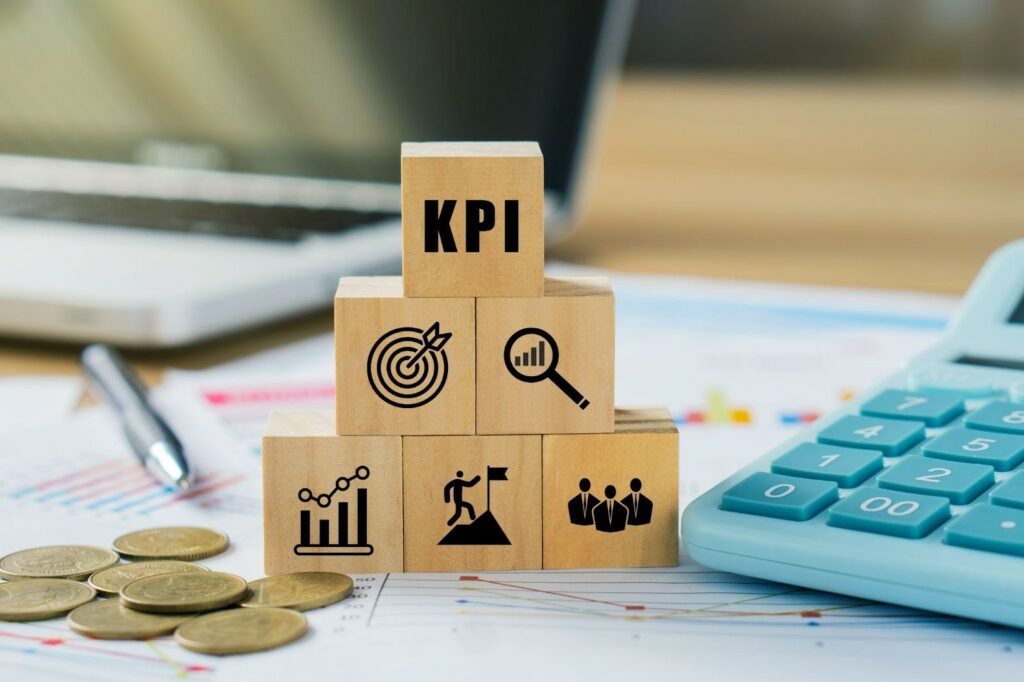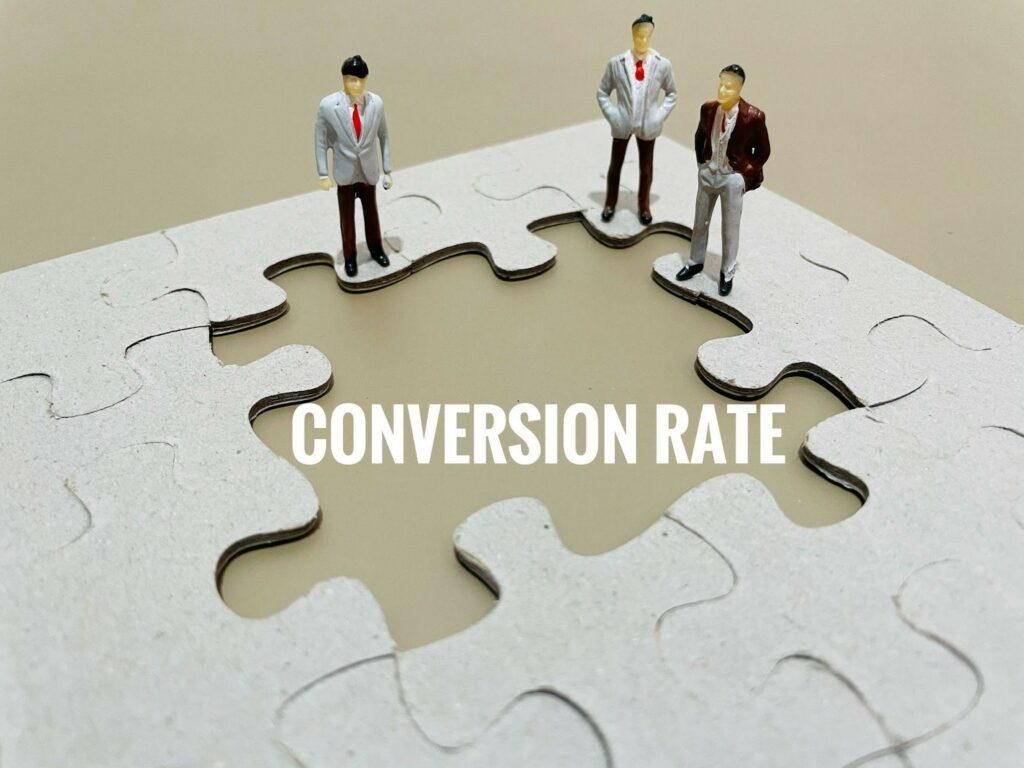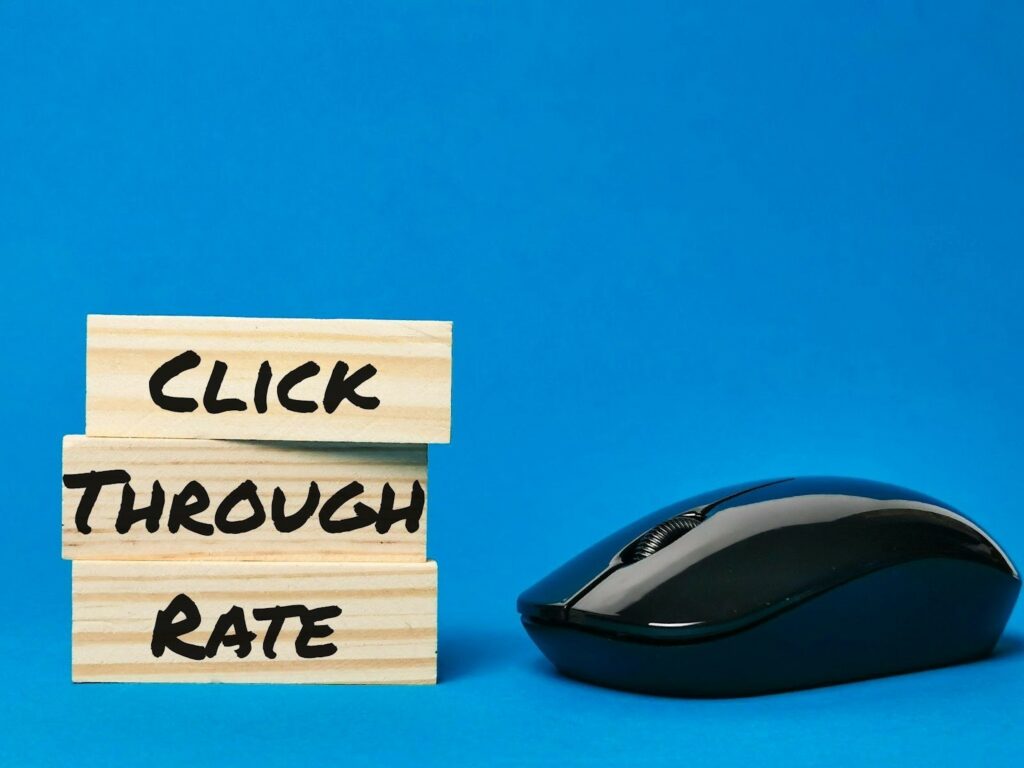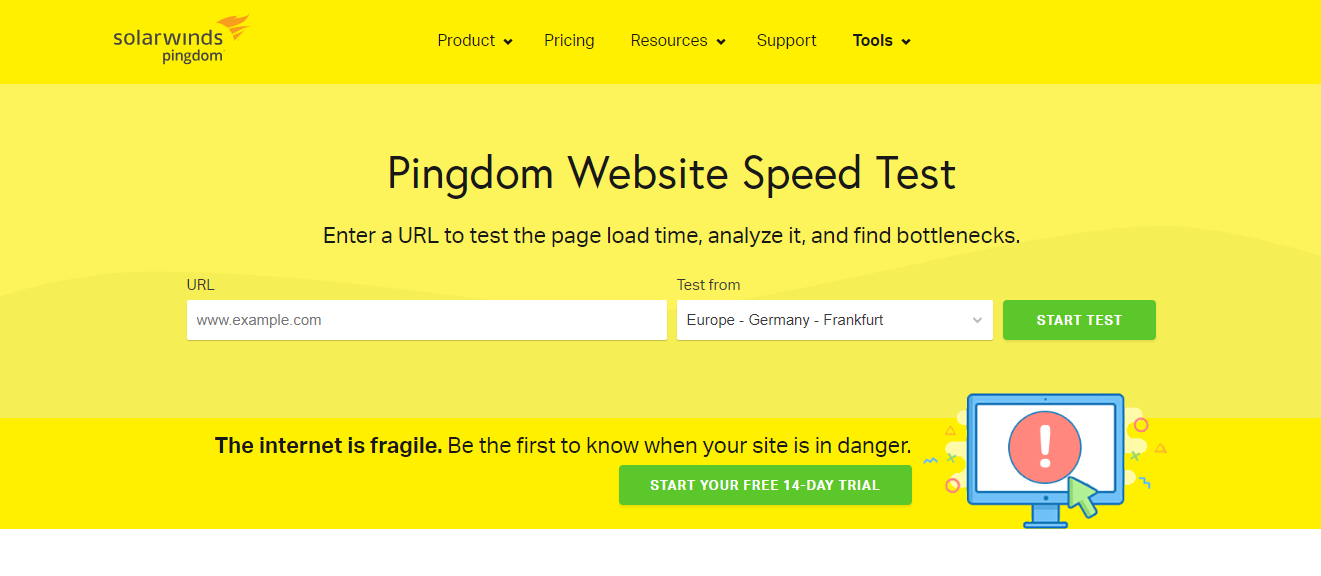You’re all set to boost your website traffic and achieve goals like increasing sales and completing projects on time. But how do you make sure you’re hitting those targets? The answer is: By measuring digital marketing KPIs and metrics.
KPIs are measurement tools that help you objectively track your progress and success in any kind of work. It makes it easy to show off your progress to your team and bosses.
In this blog post, we will spill some beans on the top 10 digital marketing KPIs and metrics and how you can track them to achieve your business objectives.
So, without wasting much time, let’s get started.
What are Digital Marketing KPIs and Metrics?

Marketing Key Performance Indicators (KPIs) are like measurable signposts that help you see where your plans are heading to and where they might need improvement. These benchmarks gauge your performance by comparing how well you are achieving your goals.
In digital marketing, keeping an eye on these metrics is paramount to ensure all your hard work yields positive outcomes.
Let’s move further and take a look at the essential marketing KPIs and metrics that your business must track.
Top 10 Digital Marketing KPIs and Metrics to Track
The significance of different digital marketing KPIs and metrics varies for each business. It’s advisable to begin with a select set of key metrics that are reliable indicators for growing your business.
Here are 10 digital marketing KPIs and metrics that you can measure to drive your business towards success:
Website Traffic

This metric gauges the number of times people accessed your website through an organic Google search. It serves as a valuable measure of the effectiveness of your SEO tactics. When your content does well, you’ll see a lot of people coming through organic search— that’s a sign it’s working!
Analyzing this metric enables you to identify the origins of your organic traffic, offering insights for further optimization.
Where to Find it?
GA4 lets you check organic queries. You can see which searches bring people to your site and where your pages show up in the search results.
Conversion Rate

The conversion. The action. The completion! This provides insights into the success of your funnel. It’s applicable across various industries and digital marketing strategies. If you’ve crafted an excellent customer journey, this KPI is usually achieved.
It’s not just about guiding users through your journey; it’s about ensuring they complete it.
Your conversion rate essentially calculates the number of people who took the intended action divided by the total number of users who initiated the first action.
How to calculate it?
Let’s say you run an online store, and in a month, 1,000 people visit your website. Out of those 1,000 visitors, 50 make a purchase. To calculate the conversion rate, you would use the following formula:
Conversion Rate= Total Number of Visitors X 100
Number of Conversions
So, your conversion rate is 5%. This means that 5% of the people who visited your website made a purchase.
This KPI reflects how successful your marketing efforts are overall, with more specific metrics addressing different aspects of your campaign.
Also Read: Conversion Rate Optimization Strategies You Need to Know
Cost Per Acquisition (CPA)

Keeping an eye on the expenses of your digital marketing is crucial, as these costs can accumulate rapidly. A key metric to consider is the Cost Per Acquisition (CPA), revealing the expenditure needed to acquire each new customer.
This helps you make changes if your marketing costs more than what you earn from these customers. To figure out CPA, you just divide the total cost of your marketing by the number of new customers.
How to calculate it?
Imagine you invested $1,500 in a Google Ads campaign, attracting significant clicks and website visits. However, only three of those visitors made a purchase. In this case, your Cost Per Acquisition (CPA) would be $500 per sale.
It’s good to compare your CPA with what’s normal in your industry and how much your products cost. Remember, a higher CPA might be okay if you’re selling expensive products or services.
Return on Investment (ROI)

Let’s face it, every business aims for revenue growth, and consistently achieving it requires monitoring the Return on Investment (ROI) for each marketing effort. ROI is a crucial metric that CEOs and top executives regularly scrutinize.
Digital marketing ROI assesses how well a strategy contributes to a business’s overall profitability—it’s like taking a big-picture look at how effective an ad campaign is.
How to Calculate it?
Let’s say you invested $5,000 in a digital marketing campaign, and as a result, your online sales increased by $15,000. This is how you will calculate the ROI
Profit generated from the ad X 100
Cost of ad
So, here, the ROI is 200%. The higher your ROI, the better. A low ROI, on the other hand, signals areas that need improvement, allowing you to focus your efforts where they matter most.
Click-Through Rate

Another frequently used key performance indicator is the click-through rate (CTR). This applies to any digital campaign where you include a link prompting potential customers to click and visit a landing page.
Checking the click-through rate (CTR) is important because it shows how interested your customers are in your digital marketing efforts.
How to calculate it?
Let’s say you run an online ad, and it’s displayed 1,000 times (impressions). Out of those 1,000 views, 50 people clicked on the ad to learn more. To calculate the Click-Through Rate (CTR), you would use the following formula:
Number of Clicks
Number of Impressions X 100
So, the Click-Through Rate for this ad is 5%. This implies that 5% of those who viewed the ad clicked on it for more information. A higher Click-Through Rate (CTR) is typically seen as favorable, signifying increased engagement with the audience.
Bounce-Rate

The bounce rate shows the percentage of people who leave a website after seeing just one page. It’s like how many visitors “bounce” away without interacting further with the site.
How to calculate it?
Let’s say you have an online blog. If 500 people visit your blog and 150 of them leave the site without clicking on any other pages or posts, your bounce rate would be calculated as follows:
Number of Single-page visits X 100
Total Number of visits
So, the bounce rate for your blog in this example is 30%. This means 30% of visitors left the site without exploring additional content.
A lower bounce rate is generally considered better, as it indicates that more visitors are engaging with your site and exploring multiple pages.
Customer Lifetime Value (CLV)

Measuring customer lifetime value (CLV) is crucial for businesses aiming to thrive by cultivating loyal customer relationships. CLV represents the total value a customer contributes to a business throughout their association.
This key performance indicator is particularly valuable for enterprises offering recurring services or subscription-based products, as it offers a more precise assessment of the return on investment from marketing endeavors.
How to Calculate it?
Consider a coffee shop with occasional one-time buyers and loyal monthly subscribers. The CLV for single purchasers is lower due to limited transactional value, while the CLV for subscribers is higher, reflecting recurring revenue from monthly subscriptions over time.
This is how to calculate customer lifetime value:
Customer Lifetime Value (CLV) = Average Purchase Value (APV) X Purchase Frequency (PF)X Customer Lifespan (CL).
Social Media Engagement

Social media engagement refers to the active involvement and interaction of users with content on social platforms. It goes beyond numerical metrics, measuring the depth of audience connection.
How can you measure it?
When a company’s Instagram post not only gets lots of likes but also sparks conversations in the comments, encourages users to share it further with their followers, and receives direct messages with inquiries, it shows strong engagement.
These interactions signify that the audience is not just passive observers but actively participating and connecting with the content, contributing to a more vibrant and involved online community.
E-Mail Open Rate

The email open rate indicates the number of people who have opened the emails you sent, offering insight into your connection with the audience and brand awareness.
A decrease in the open rate may signal that your email subject lines, headers, or topics aren’t resonating well, suggesting the need for improvements. However, it’s important to note that this metric has its constraints.
Drawback:
Apple users can set their privacy preferences to keep their email opens hidden, making the open rate less reliable compared to other metrics when evaluating your return on investment.
Search Engine Rankings (SEO)

SEO, which stands for search engine optimization, plays a crucial role in facilitating businesses or e-commerce solutions to address their problems and needs.
Business proprietors embarking on a digital marketing campaign should prioritize evaluating SEO outcomes to ascertain the effectiveness of customer attraction.
SEO is a targeted strategy aimed at enhancing the ranking of websites on result pages across search engines like Google, particularly when customers explore products and services within their specific niche.
Where can you find it?
To check how well your SEO is doing, you need to keep an eye on the following things:
- Organic website traffic
- Keyword rankings
- How visible is your site on search engine pages?
These are just a few digital marketing KPIs and metrics to measure your business success. But remember, this is just a cliffs notes version of it; there’s more to explore, and you can pick the ones that work best for your business.
Now, let’s dig into how to choose the right KPIs for your business.
How To Choose the Right KPIs for Your Business?

Choosing the right Key Performance Indicators (KPIs) for digital marketing isn’t a one-style-suits-everyone situation. What might be the perfect KPIs for one company may not be suitable for another.
The factor that truly defines a KPI as “key” for your business depends on your particular goals. When selecting the appropriate metrics to monitor in your digital marketing, many experts advise focusing on a smaller but more crucial set of numbers.
So, when figuring out which ones to focus on, ask yourself these key questions:
- What is the end goal of your business?
Your KPIs should align with your business goals.
For example, To increase customer satisfaction, you can use metrics such as Net Promoter Score (NPS), customer retention rates, and feedback response times.
Whereas, to enhance operational efficiency, KPIs could focus on metrics like production cycle time, resource utilization, and cost per unit.
- What steps can you take to measure progress toward that goal?
To effectively monitor progress with KPIs, it’s essential that goals are precise and quantifiable.
For instance, a goal like “increase monthly website traffic by 20%” is measurable, whereas a vague goal like “boost website traffic” lacks specificity.
- What vanity metrics can you avoid?
Vanity metrics are just numbers that might make your business look good but don’t offer much actionable insight.
For example, a large social media following doesn’t guarantee meaningful engagement or conversions, so it’s crucial to prioritize metrics directly tied to your business goals.
- What metrics truly matter?
The answer to this question differs based on factors such as organization, industry, department, and region. Successful KPIs are measurable, actionable, and consistent with a company’s goals and growth stage.
Typical metrics that hold significance for many businesses encompass revenue growth, profit margin, cash flow, employee turnover, and customer acquisition cost.
- What trends can you use to your advantage?
Over time, KPIs reveal patterns that show how well a company is achieving its goals and if adjustments are needed. For example, if sales for a specific product have risen in the last three quarters, a company might opt to launch an upsell campaign targeting those buyers.
Asking yourself this question which help you make an informed decision regarding which KPIs are better suitable for your business. Moving further, let’s understand how you can measure the KPIs that you have chosen for your business.
How To Track the KPIs You Have Chosen?
Effective tracking and sharing of Key Performance Indicators (KPIs) are paramount for their meaningful impact within a team and with key stakeholders.
For optimal KPI management, regular check-ins are essential to detect and address issues promptly. However, a notable 54% of project managers face challenges accessing project KPIs in real-time, and one-third spend a substantial amount of time—often a full day—compiling a single project report.
That’s where KPI dashboards come into play. Setting up a KPI dashboard involves tracking your KPIs using an appropriate web analytics tool. The choice of the tool depends on the specific nature of your KPIs; for example, Google Analytics for marketing KPIs and Salesforce for sales KPIs.
You can use the dashboards by following the given points:
- Link up your marketing platforms.
- Select from a variety of report templates designed to monitor KPIs across SEO, PPC metrics, email marketing, social media metrics, and other relevant categories.
- The tool will automatically compile all your critical KPIs into a dashboard, providing real-time metrics whenever you need them.
What Not To Track?
When it comes to marketing KPIs and metrics, it’s crucial to avoid tracking what are often referred to as “vanity metrics.” These data points might look impressive at first glance but don’t provide meaningful insights or contribute directly to your business goals.
Examples of vanity metrics include things like the total number of website visits, social media likes, or app downloads. While these metrics might make you feel good temporarily, they don’t offer actionable information.
For instance, a high number of website visits doesn’t necessarily translate to engaged and paying customers. Similarly, having many social media likes doesn’t guarantee real interaction or conversions.
Instead, concentrate on KPIs that directly match your business goals and offer actionable insights. Opt for metrics that enable you to gauge your progress toward your objectives and pinpoint areas where adjustments may be necessary.
This ensures that your tracking efforts contribute meaningfully to your business growth and success.
Final Thoughts
In every business, the aim is growth. Marketing KPIs and Metrics are instrumental in monitoring progress and leveling up in a way that suits your business style.
Crafting and following KPIs isn’t just a game-changer; it’s your secret weapon for prioritizing, focusing, and turbocharging your journey toward your goals.
While tracking some KPIs is a breeze, to level up your business you should lay your eye on the ones that suit your business needs and guide your business in achieving its goals.



